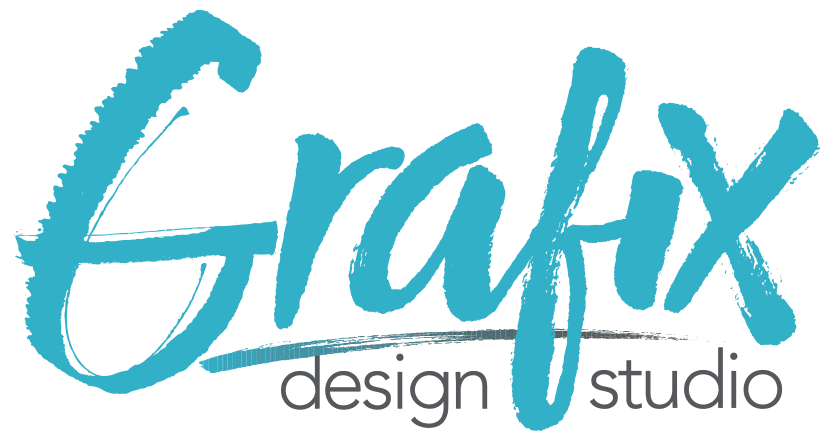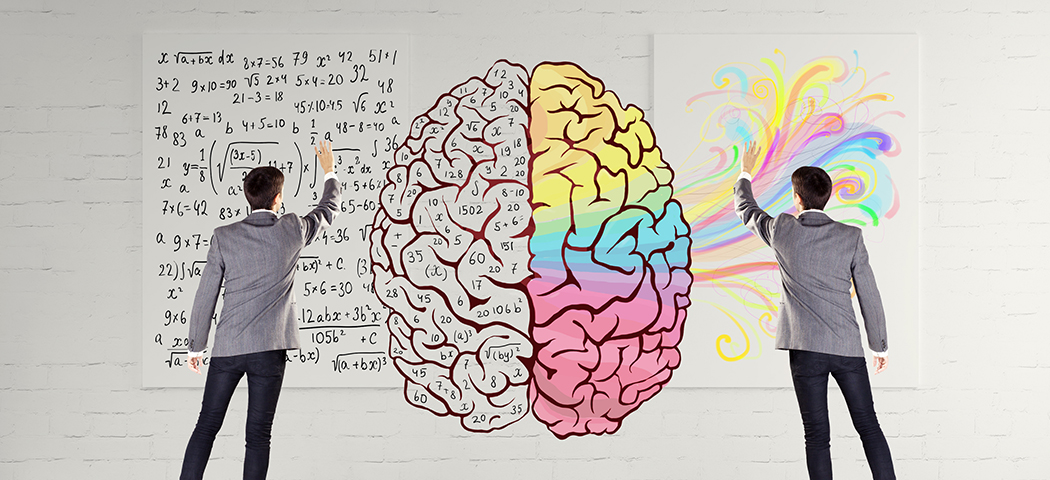One of the great things about the digital world is that aesthetics and tech have converged. As a result, people can have a much better user experience. That’s a plus, of course, for consumers, but it’s also one for web designers. The psychology of web design is now a critical aspect of our work. So, what are the principles designers have to understand to ensure they create fantastic sites that will make their clients super happy? As a client, it’s essential to know these principles as well so you find the best team to ensure you achieve what you want.
The Visual First Impression for Design
Did you know that it takes about 54 seconds for visitors to a site to decide if they will stay or leave? Everyone knows that when someone visits a website, it’s an immediate first impression. And that’s why compelling visual storytelling is essential. The copy, layout, images, white space, etc., all play into the psychology of web design. First impressions matter, and for web designers, the success of their business depends on color scheme, website layout, and cohesion. The visual elements of a website need to align with the emotional response brands want to elicit from users.
Cognitive Load and User Experience
A key concept regarding the psychology of web design has to do with the idea of cognitive load. What is that, you ask? It refers to the brain effort it takes for users to think through or reason. If there’s a high cognitive load for users visiting a site, guess what’s going to happen? Yes, you guessed it—they’re going to go elsewhere. So, that’s why it’s essential to minimize cognitive load. How? For one, navigation has to be super easy. However, reducing distractions and making the content easy for people to digest is also essential.
Trust and Credibility for Site Design
We live in an era of transparency and authenticity, and it’s not going away. For brands, ensuring trust and credibility is essential to drive higher conversation rates. There are a variety of ways brands do this for their sites. For one, having social validation and testimonials from clients is paramount. It’s also essential to have a site that looks well-designed, easy to navigate, and professional. When a site looks polished, and the user experience is excellent, it signals to visitors that the brand can be trusted.
User-Centered Experience
A fundamental principle of the psychology of web design is that it has to be user-centered. So, what does it mean for designers? The short answer is that there are a few things to remember. A talented designer will want to know how users interact with the site from the brand. Brands shouldn’t be surprised when fabulous design teams ask about tracking user behavior on their sites. As a result, it’s essential to prioritize needs and preferences for a user-focused web experience.
Emotional Web Design
Another principal pillar in the psychology of web design is emotion. It plays a significant role in the user experience. We know that many people have gotten just a little tired of digital tech, such as social media. Hence, digital detoxing. However, emotion is an excellent opportunity to bring people on board. Doing it is simple and straightforward. Positive emotions through images tend to attract visitors who stay longer. Colors, photos, content, etc., all connect with users and encourage engagement, especially if it’s positive.
Call to Action (CTA) Optimization
Finally, the psychology of web design involves effective CTAs. What do brands want people to do when they visit their site? Designers understand this, and they’re trained to understand that wording, placement of copy, pictures, and the design flow all lead people to follow through on the call to action. So when creating or updating websites, everything from sign-ups for newsletters to making a purchase is vital. The most influential brands are compelling, action-oriented, and well-placed.
Web Design Psychology is Fundamental
The fact of the matter is that the psychology of web design isn’t just something to be taken lightly. The pillars are fundamental to creating a great site. The best web designers have the most powerful tools to create unique user experiences. And when user experience is high, it will inevitably lead to more visitors who stay longer, take action, and join companies on a fantastic brand journey.
© 2023 Grafix Design Studio. All Rights Reserved.






